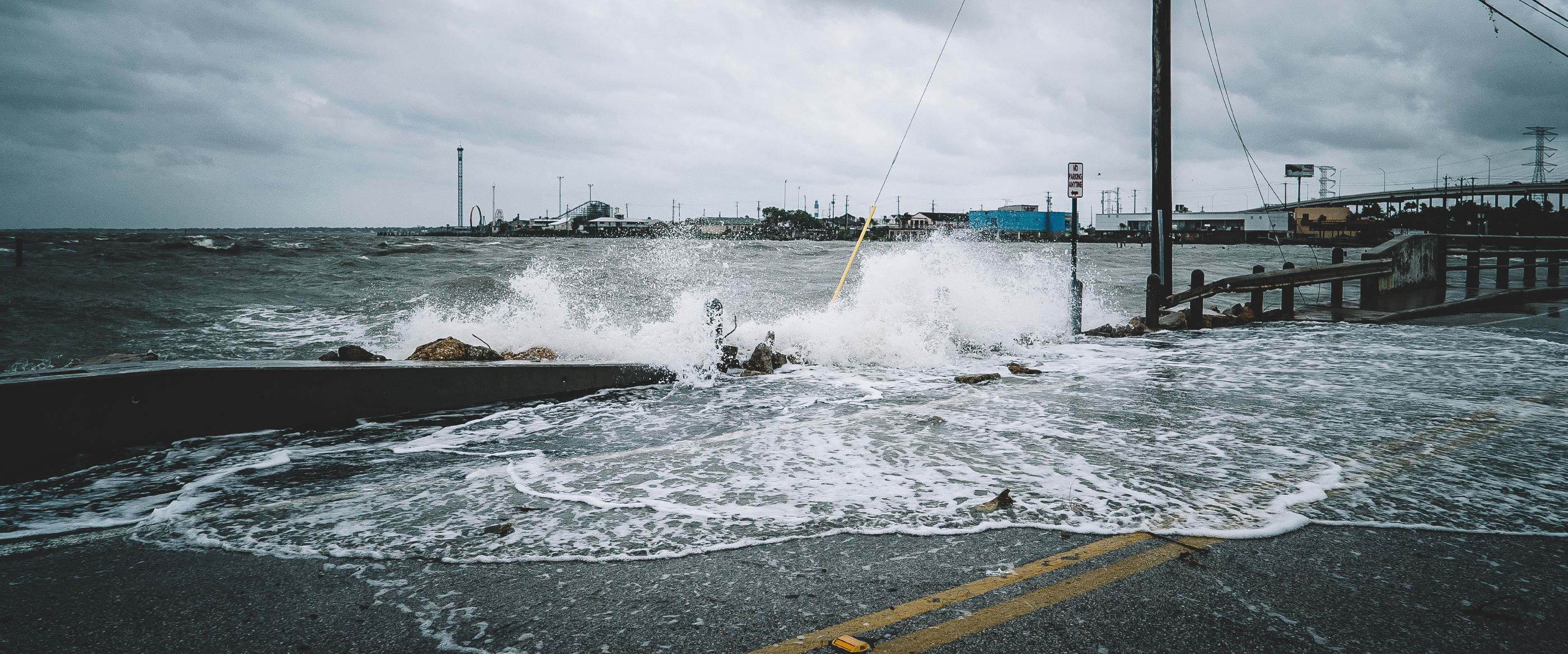
Sandy. Ian. Maria. Harvey. Katrina. Hurricane season is in full swing, bringing with it the threat of winds in excess of 100 mph, downed trees, flooding, property damage and most devastating, loss of life. Compounding the danger of these deadly storms is the supply chain disruptions they cause, making it more difficult to get desperately needed supplies to affected residents.
Climate change is fueling storms and making hurricane season even more intense, with storms having a greater chance of reaching category 3 and above. Here’s what you need to know:
Potential Impact of Hurricane-Caused Supply Chain Disruptions
The effects of a hurricane on the supply chain ripples farther than the actual path of destruction. One of the biggest issues: a huge surge in demand surrounding the storm. Even before the storm has completely run its course, FEMA steps in and begins to take up cargo capacity for relief efforts. The agency will often intentionally pay higher rates than what shippers have locked in with their carriers, which prompts carriers to prioritize FEMA loads.
So far, we haven’t even taken into account the infrastructure issues a hurricane causes. Downed power lines, damaged bridges, flooded and impassable roads, port shutdowns … all of these can grind supply lines to a halt and create shortages far beyond the area hit by the storm.
This is especially true in the case of transportation shutdowns. Ports, airlines and rail cargo can all experience long delays followed by bottlenecks, as they struggle to get cargo moving again after the storm passes. Any products or materials that have to travel through those nodes will get held up, potentially causing shortages across the country.
If your own facilities, from factories and warehouses to retail locations and more, are in the path of the storm, your supply chain disruptions could be even more intense. By the time damage is repaired and workers are able to safely return, you’ll have major backlogs to work through.
Preparing Your Supply Chain for Disasters
While it’s impossible to prevent hurricanes, there are steps you can take to reduce their potential for devastation on your supply chain. One thing all of these steps have in common: advanced planning. Getting crucial processes in place now can help make next year’s hurricane season more manageable for your supply chain.
Here are a few ways you can prepare your supply chain for the next named storm:
Diversify your network.
If you’re used to working with a small handful of carriers that all operate from an area with the potential for weather-related delays, a hurricane will skyrocket your costs (if it doesn’t shut you down entirely until cleanup is finished). Expanding your network to include a trusted brokerage can help you ensure the capacity you need without extreme price hikes.
Become a weather watcher.
Keeping track of where a storm is expected to make landfall allows you to prepare in advance. For example, you could shift to facilities outside the projected hot zone.
Create contingency plans.
If your warehouse gets shut down, what will you do? Do you have other facilities that can increase production to cover the gap, or do you have a plan in place for temporary warehouse services? Knowing in advance what you’ll do if your operation is directly hit by the storm removes a lot of stress and helps you pivot quickly to avoid long delays.
Improve communication with your supply chain partners.
A significant disruption in one link of your supply chain ripples out to all other links. Your suppliers, factories, warehouses and retail partners all need to know what’s happening and your plans for fixing it. Some important questions to consider include:
- Are your end customers likely to create a big surge in demand before or after the storm?
- Are any of your facilities in the direct path of the storm or likely storm areas?
- If those facilities have to shut down, do you need to pause orders from your suppliers, or redirect them to another facility outside the affected area?
- When can your partners and customers expect production to resume?
Invest in good insurance.
Make sure your business and/or property insurance covers natural disasters like flooding and hurricanes. It’s impossible to prevent your facilities from being affected by a storm, but insurance gives you peace of mind that you’ll be able to repair or replace damaged property. Adding business interruption coverage is another great idea, protecting you from lost sales while you’re unable to operate.
Hurricane season has the potential to devastate your business if you’re not well prepared. By planning ahead and having a process in place for shifting operations outside an affected zone, you’ll be well on your way to weather-proofing your supply chain.
Disaster Relief Support After the Storm
Should you need disaster relief support after a storm hits, like getting critical supplies into the impacted area quickly, having a partner like Ryan Transportation will be critical. Timeliness and communication will be essential and knowing who to contact makes all the difference.